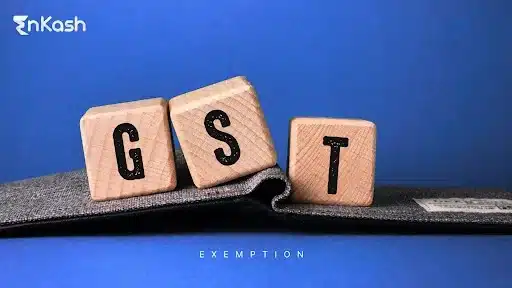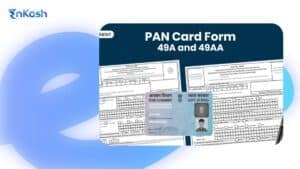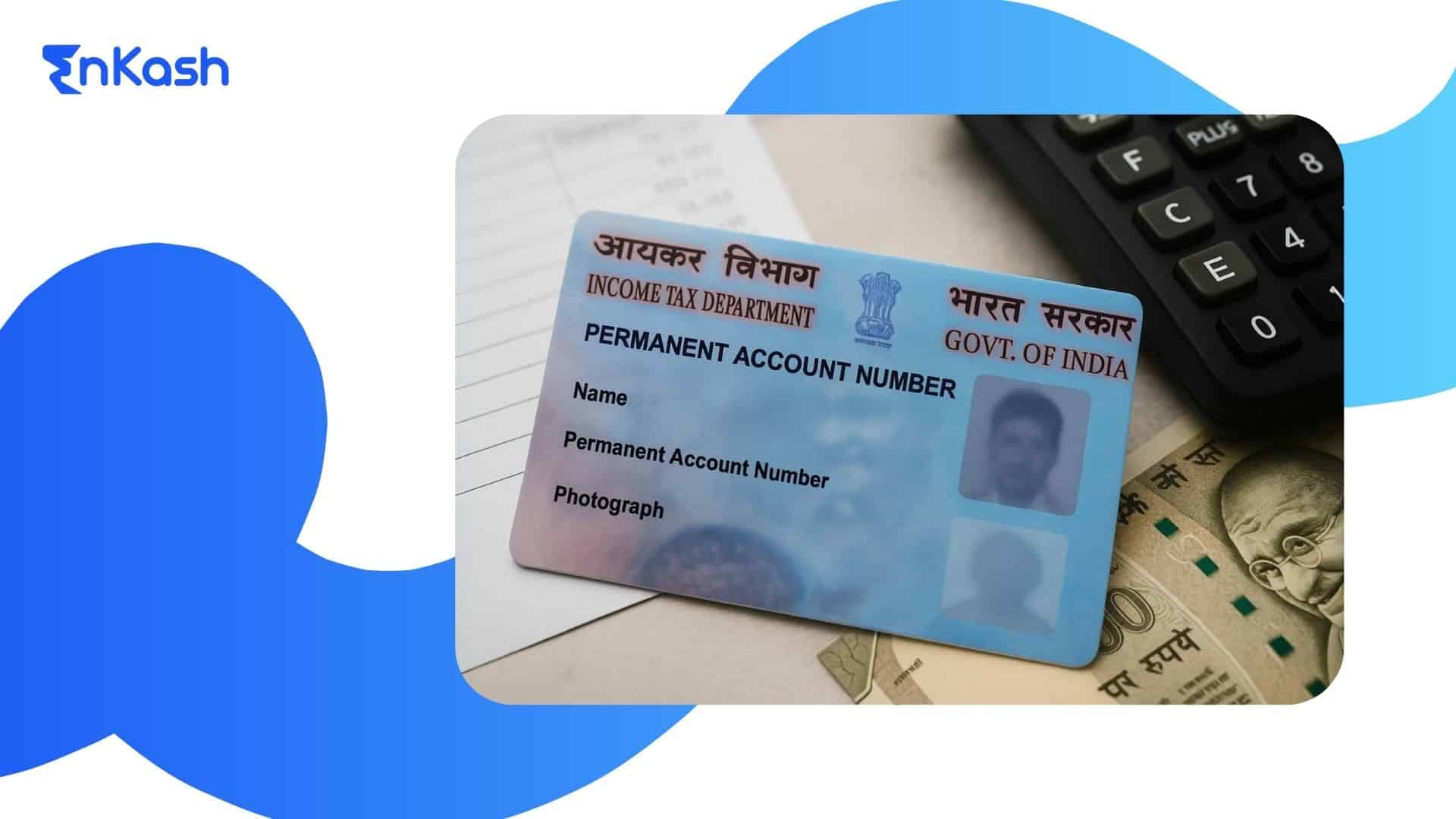Introduction
Goods and Services Tax, or GST, is India’s unified indirect tax system. It covers most goods and services, but not everything comes under its net. Some items are given GST exemption, some are nil-rated at 0 percent, and some are treated as non-GST items. For business owners, traders, and even everyday consumers, knowing these differences makes a big difference.
Think of a billing counter. One product shows 18 percent GST, another shows 0 percent, and a third has no GST at all. For a small or mid-sized business, this isn’t just confusing; it affects how prices are set, how invoices are made, and how returns are filed. Customers too often wonder why certain essentials are GST-free while others are taxed.
The relevance increased in September 2025 when the 56th GST Council introduced GST 2.0.. As per the Press Information Bureau press release dated 22 September 2025, the slabs were simplified, and several products and services were moved into the 0 percent GST list. Everyday items like notebooks, medicines, and basic food staples were added to the GST-exempted list.
Understanding what GST does not apply to helps businesses avoid mistakes and stay compliant. For consumers, it clarifies why some products are sold as GST-free in India, while others still attract tax.
Basics of GST and Exemption Categories
Goods and Services Tax in India is a unified indirect tax that replaced the central excise duty, service tax, and state taxes in July 2017. It applies to most supplies through notified rate schedules and exemptions under the GST law.
In September 2025, the GST Council approved a rate rationalisation and set the effective date for the revised rate schedule as 22 September 2025. The Council and PIB released a consolidated press note and FAQs that explain how the new schedule works and how taxpayers must handle the timing of supply and input tax credit during the transition.
GST does not treat every product or service the same way. Practitioners usually work with three buckets.
Nil-Rated GST Items in India
These supplies are under GST but carry a tax rate of zero. They still appear in GST returns. The government’s own FAQs explain how nil-rated and exempt supplies sit inside the wider concept of exempt supply.
GST Exempted Items in India
These supplies fall within the GST law, but the government exempts them through notifications issued under section 11 of the CGST Act. Examples include specified services such as transmission or distribution of electricity by an electricity utility, which is exempt under the core services exemption notification.
Non-GST Items in India
These supplies sit outside the scope of GST.. Alcohol for human consumption is outside the charge of GST under section 9. The Act also keeps five petroleum products outside GST until a notified date. These remain subject to legacy taxes. In addition, Schedule III lists activities treated as neither supply of goods nor supply of services, such as the sale of land and the sale of a building after completion.
GST 2.0 Update September 2025: Key Changes in GST Exemptions and Rates
In September 2025, the GST Council introduced GST 2.0. This reform simplified slabs and expanded the list of GST-exempt items. The new rules came into effect on 22 September 2025 (PIB FAQ).
GST 2.0 Slab Rates in India Effective September 2025
The earlier GST system had four slabs of 5 percent, 12 percent, 18 percent, and 28 percent. Under GST 2.0, the Council reduced the slabs to two main rates, 5 percent and 18 percent, and a 40 percent rate for luxury and sin goods (PIB FAQ).
List of Items Under 0 Percent GST After September 2025
Several goods and services moved into the 0 percent category from 22 September 2025
- The PIB factsheet on GST 2.0 confirmed that life insurance, life-saving medicines, stationery, and food items like paneer and roti were included.
- Certain life insurance products moved to 0%. Health insurance continues to attract GST.
- Thirty-three life-saving medicines and medical oxygen
- Stationery and education items such as notebooks, pencils, and erasers
- Food products like paneer, roti, paratha, and khakhra
Impact of GST 2.0 Exemptions on Daily Essentials
With GST 2.0, many everyday essentials in India became GST-free. Consumers saw reduced prices on food items, medicines, and stationery. For businesses, billing became simpler as more products entered the GST exemption list.
Non-GST Items in India: Goods and Services Outside GST
Not every product or service in India is covered under GST. Certain items remain outside the scope of the law. These are called non-GST items. Even after the introduction of GST 2.0 in September 2025, these items continue to be taxed under state laws or other central levies, rather than under GST.
List of Non-GST Items in India
The following goods and services are not covered under GST:
Item / Activity |
GST Status |
Current Tax Treatment |
|---|---|---|
Petroleum crude, petrol, diesel, aviation turbine fuel, natural gas |
Outside GST (until GST Council recommends inclusion) |
Attracts excise duty and state VAT |
Alcohol for human consumption |
Permanently outside GST |
Taxed by states |
Electricity |
Outside GST |
Subject to state electricity duty |
Sale of land and completed buildings |
Outside GST (Schedule III, CGST Act) |
Not treated as a supply of goods or services |
Stamp duty and duties on immovable property transactions |
Outside GST |
Collected by states |
As per the PIB FAQ on GST 2.0, these continue to attract excise duty and state VAT.
Read more: List of GST Rates.
Why Non-GST Items Remain Outside GST
These items are excluded for fiscal and policy reasons. Petroleum and alcohol provide significant revenue for states, while electricity and real estate involve separate regulatory and taxation frameworks. Until the GST Council decides otherwise, they will remain in the non-GST item list in India.
GST on Foods & Daily Essentials: What’s Exempt, What’s Taxed
Food and daily essentials are among the most confusing areas in GST for consumers and businesses. Tax rates depend on branding, packaging, processing, and whether the item is fresh or preserved. The September 2025 changes (GST 2.0) also altered many of these rules.
Exempt (0 %) Food Items
Under GST 2.0, many basic food items now carry 0 % GST (or are exempt). According to a CBIC / GST rationalisation factsheet, these include:
- Fresh fruits and vegetables, cereals, pulses, rice, wheat (unbranded, unpackaged)
- Milk, curd, paneer (in certain forms)
- Honey, jaggery
- Plain breads like roti and chapati remain exempt, while processed or stuffed variants may attract GST
- Live animals, unprocessed meat, fish, eggs. These are now part of the GST exemption / nil-rate category. (See GST rationalisation factsheet)
Also, a notification issued around September 2025 lists agricultural and food products being added to the exempt list.
Fresh fruits and vegetables have always been exempt under GST according to CBIC guidelines.
Taxed / Non-Exempt Food Items
Not all food is exempt. Some food items continue to attract GST because they are processed, packaged, or branded. Key ones:
- Packaged and branded food items (snacks, biscuits, sauces, ready-to-eat mixes) usually attract 5 % or higher, depending on classification.
- Dried fruits, nuts, processed foods (where drying or preservation alters essential character) lose exemption and attract GST.
- Ice cream sold by parlors (manufactured product) is taxed (18 %) rather than being treated as a restaurant service, according to CBIC clarification in Circular No. 164/20/2021.
Key Distinctions to Note
- Fresh vs processed: Fresh, unprocessed staples often stay exempt. Once processing or packaging changes the nature, GST applies.
- Unbranded & unpackaged vs branded & packaged: The unbranded, unpackaged variant often remains at 0 %. When a product is branded and packaged, it moves into the taxable zone.
- Restaurant/dining services: Food supplied by restaurants (whether dine-in or takeaway) is treated under “restaurant service” and attracts a separate classification from goods.
Conclusion
GST covers most goods and services in India, but many important items remain nil-rated, exempt, or outside its scope. The September 2025 GST 2.0 update made the system simpler by reducing slabs and expanding the list of 0 percent GST items. Everyday products like notebooks, medicines, and food staples were added to the GST-exempted list, while services such as healthcare and education continue to remain exempt under official notifications.
Non-GST items like petroleum, alcohol for human consumption, electricity, and real estate remain outside GST because they are governed by separate tax structures. Businesses and consumers should track these changes because they affect pricing, billing, and compliance.
For the most accurate updates, always refer to official sources such as the CBIC Central Tax Notifications and the Press Information Bureau releases.
FAQs
1. Do GST exemptions change every year?
Not on a fixed schedule. Exemptions are reviewed whenever the GST Council meets. Major updates, like GST 2.0 in September 2025, are announced through official press releases and PIB updates.
2. Are medicines and healthcare fully exempt from GST?
No. Only certain life-saving medicines and healthcare services are exempt. Other medicines continue to attract GST at applicable rates. Always check the latest CBIC notification for details.
3. Does GST apply to educational services?
Core education services, such as tuition up to higher secondary school,l are exempt. However, coaching centers, online courses, and vocational training may attract GST depending on the service.
4. Are exports covered under GST exemptions?
Exports are treated as “zero-rated supplies,” not as exempt supplies. This means exports are taxable at 0 percent, and businesses can still claim input tax credit.
5. Will petrol and diesel ever come under GST?
As of now, they remain outside GST. The GST Council can bring them under GST at a later date, but no timeline has been announced.
6. Why do packaged foods attract GST while fresh foods don’t?
GST law treats branding and packaging as “value addition.” Fresh and unbranded items are considered essentials and remain exempt, while packaged or branded variants are taxed.
7. Do GST exemptions mean a product is completely tax-free?
Not always. A product exempt under GST may still attract other local levies like stamp duty, excise (for alcohol), or VAT (for fuel).
8. How can consumers know if GST is applied correctly on bills?
Invoices must show GST separately with the correct rate. For exempt or non-GST items, the bill should clearly state that no GST is charged.












